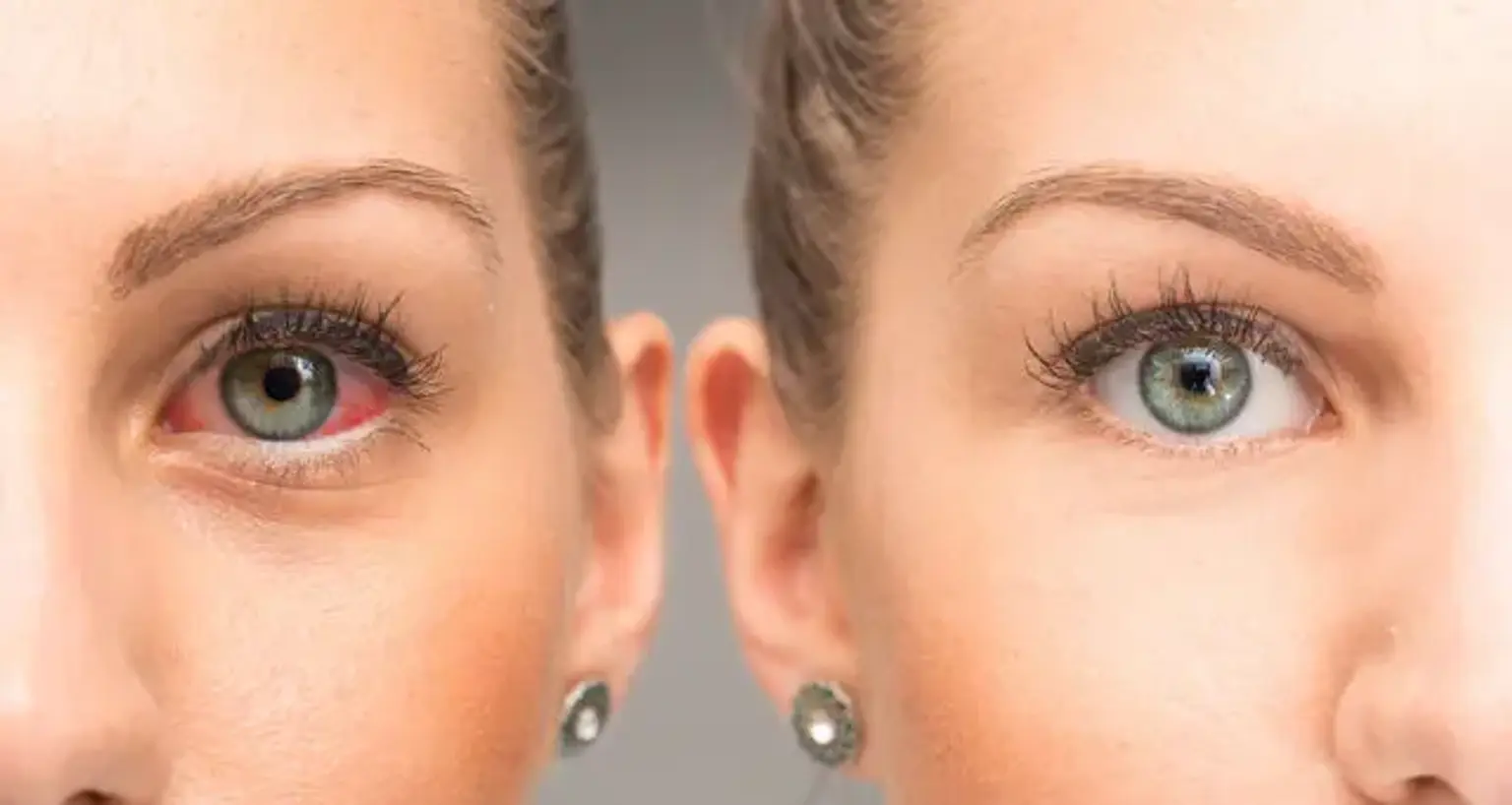Dry eye syndrome
Overview
The condition of having dry eyes is known as dry eye syndrome (DES), also known as keratoconjunctivitis sicca (KCS). Irritation, redness, discharge, and easily tired eyes are some of the other symptoms. Blurred vision is also possible. Symptoms range from moderate and intermittent to severe and ongoing. Untreated instances may result in corneal scarring.
Dry eyes occur when the eye fails to produce enough tears or when the tears evaporate too rapidly. Contact lens usage, meibomian gland dysfunction, pregnancy, Sjögren syndrome, vitamin A deficiency, omega-3 fatty acid deficiency, LASIK surgery, and certain drugs including eye antihistamines, blood pressure medication, hormone replacement therapy, and antidepressants can all cause this.
Chronic conjunctivitis, such as that caused by cigarette smoke or infection, can also cause the illness. The symptoms are used to make the diagnosis; however, a variety of additional tests may be employed.
